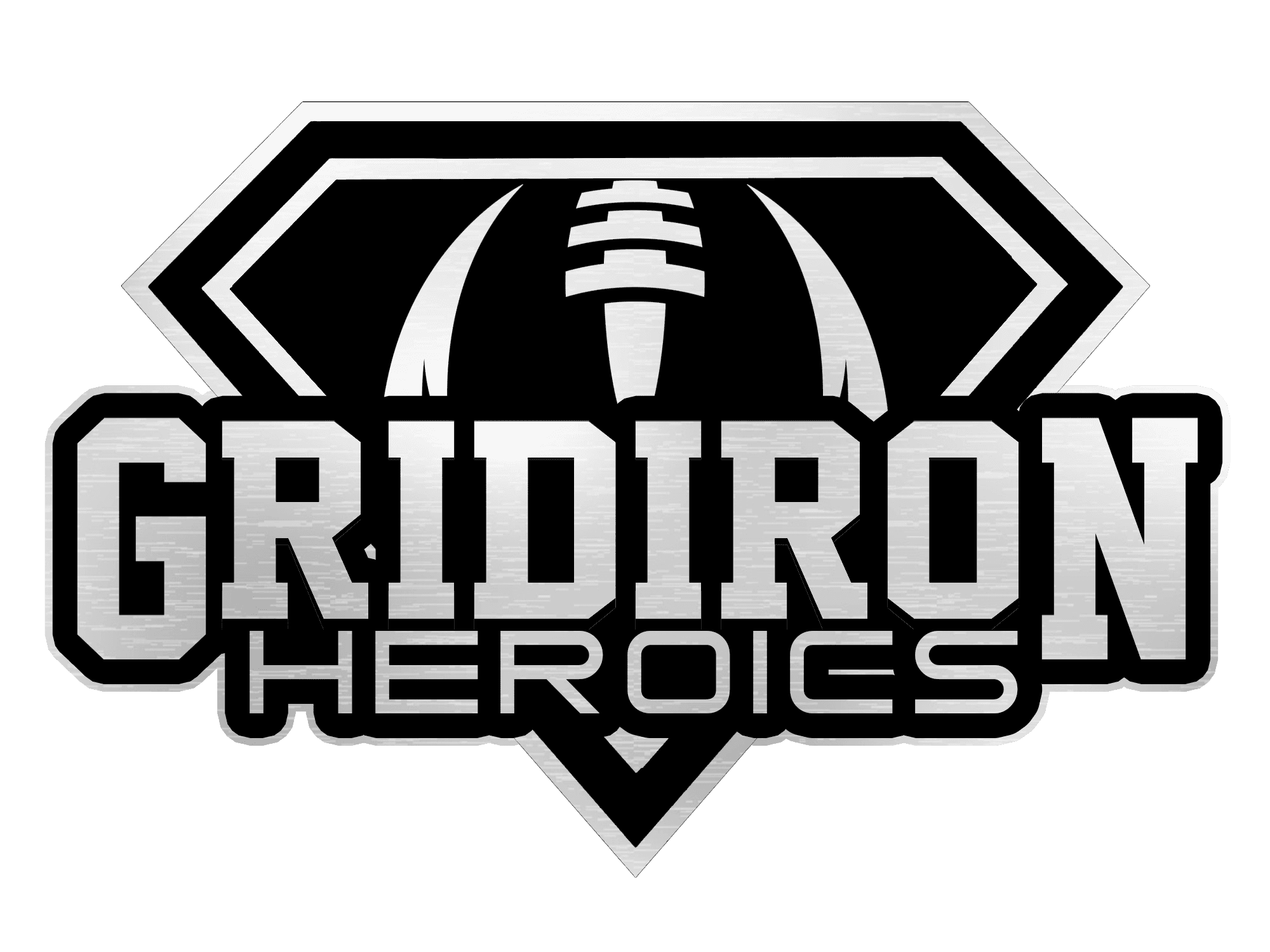We are all familiar with the football used today, but do you know the history of the pigskin?
It all begins in Europe.
Mob Football:
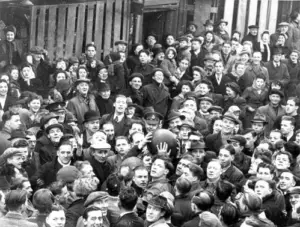
(Photo credit: Foot-ball in Barcelona: The first ten years (1892-1902)).
Mob football, a European village game, began in 8th Cenury England. The sport remained popular well into the 1800’s. Mob football is the inspiration for American football.

The general gist of the sport is that two teams of any size, attempted to throw, kick, and otherwise move an inflated pig bladder, sometimes covered with leather, to their “goal” on opposite sides of the village. The only rules were to not murder people while playing.
American footballs:
Forward passing was illegal until 1909, so roughly 30 years of football was played by kicking, throwing backwards and sideways, and rushing the football. The football resembled the pig bladder ball. It was watermelon shaped and made out of rubber. The ball absorbed water and could be slippery and heavy, so maneuvering it was difficult in general.

The forward pass was legal in the 1910’s, but incredibly difficult with a watermelon football. In result, the ball was adjusted. Footballs slowly became less round, and more spherical. For the football size buffs, the dimensions were roughly a long axis of 28 inches, and a short axis of 23 inches. Leather was also wrapped around the rubber “bladder” for better grip, and the laces were used to tie the ball together. The ball was still difficult to throw, but it was a bit easier to toss.
Full of hot air
Unbelievably, the watermelon football was flawed in yet another way. It deflated, and quickly. Players were forced to stop and manually blow the ball full multiple times a game, unlacing it each time. This took roughly half an hour. This is the only reason teams should be playing with a deflated ball.

The ball was still leaky, but the inflation process improved in the 1920’s. The old-school version of a football inflator was created, which allowed the ball to fill with air in 5 minutes, and didn’t have to be unlaced each time. The metal stem valve was also no longer needed, so the ball became safer and had a more equal weight distribution.
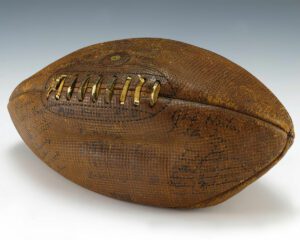
(Photo Courtesy of the Gerald R. Ford Presidential Museum).
The modern football
In 1935, the dimensions were changed to what the league still uses now. The short axis was now 21 inches, and the ball’s length was shortened to 11 inches. The long axis remained the same, as well as the overall spheroid shape.
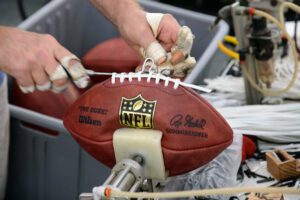
The manufacturing of the ball is done the same way since 1941. Cowhide is cut into sections, and sewn inside out. The rubber bladder is inserted, and the ball is laced closed by hand. The process can be seen in full here.
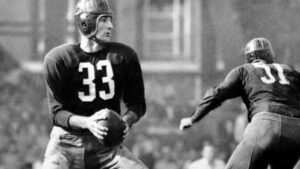
Additions along the way
White footballs had been used from the 1950’s until 1976. The bright white football was more visible at night, but the paint caused the ball to be more slick, so it’s use was discontinued.
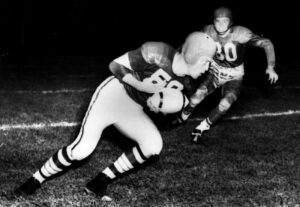
The ultra-pebble design was introduced in the 1980’s for better grip, and is the pattern we know today. Prior to this technology, the ball was smoother. Another update in that same period of time was changing the lace material from regular shoe laces to a more heavy duty material. Laces are said to enhance grip, but it is mostly tradition that keeps them on the ball, they haven’t been needed since the leather was sewed together with needle and thread.

Nowadays, we also have 48 balls at each game. This eliminates the need to continue using deflated balls, or inflating them on-site.
